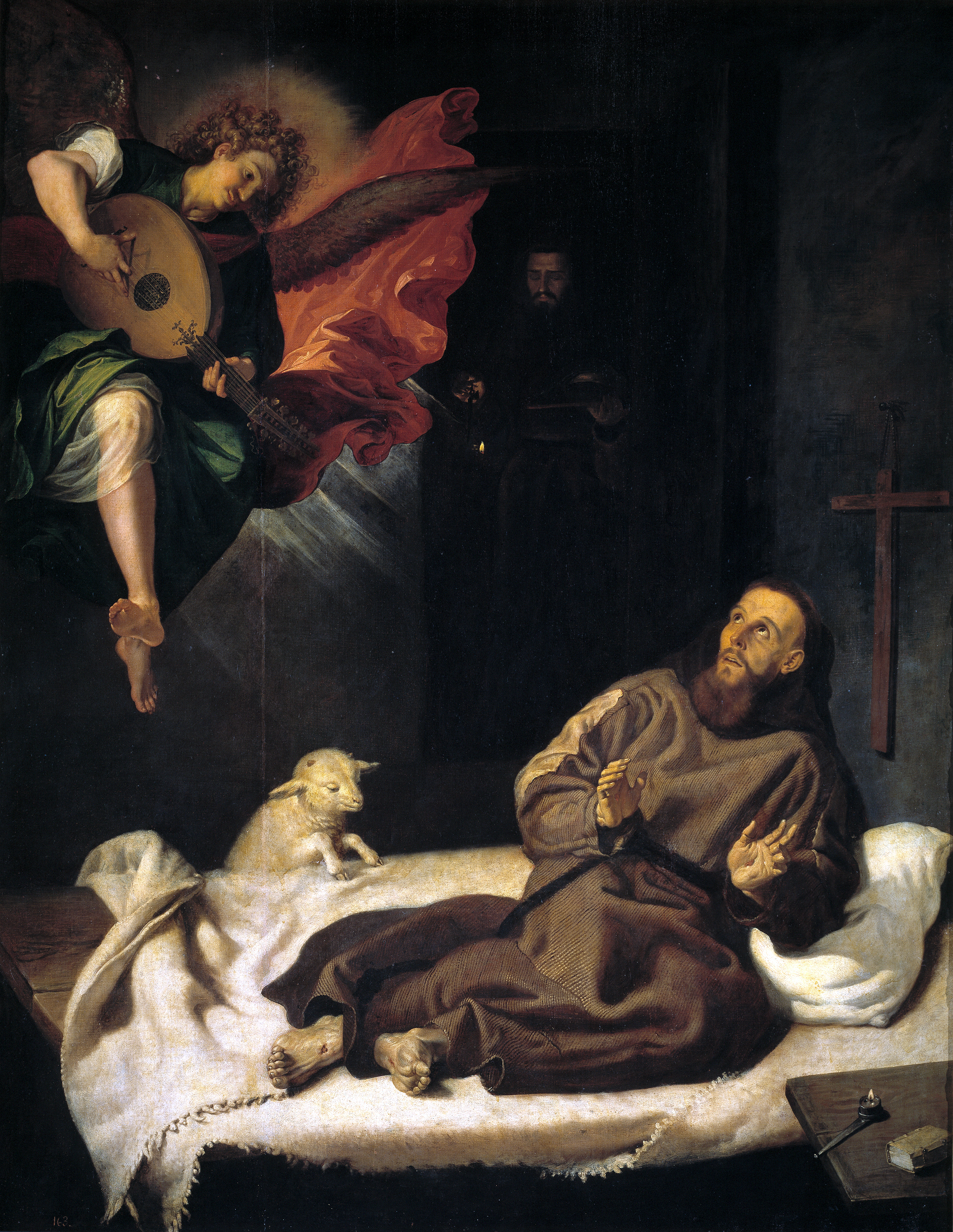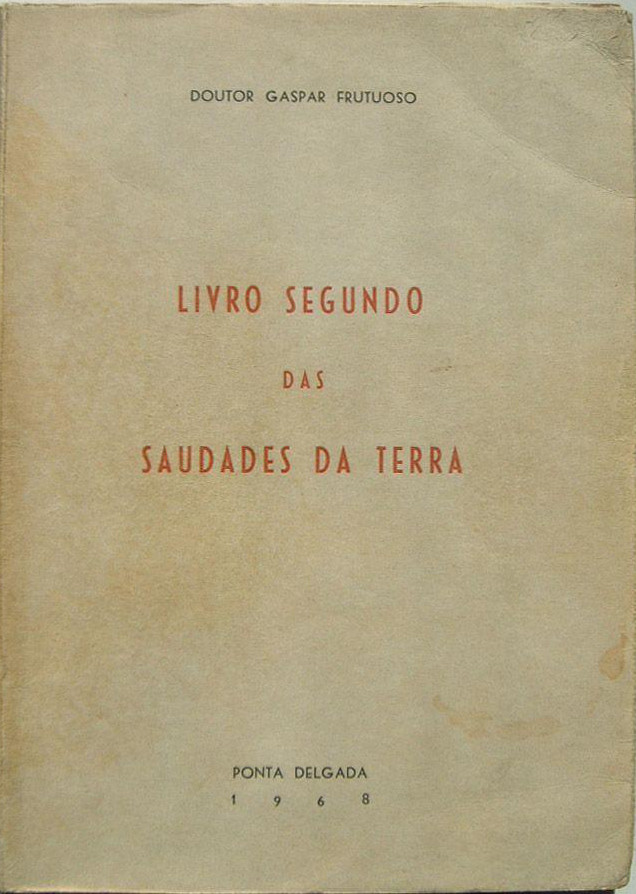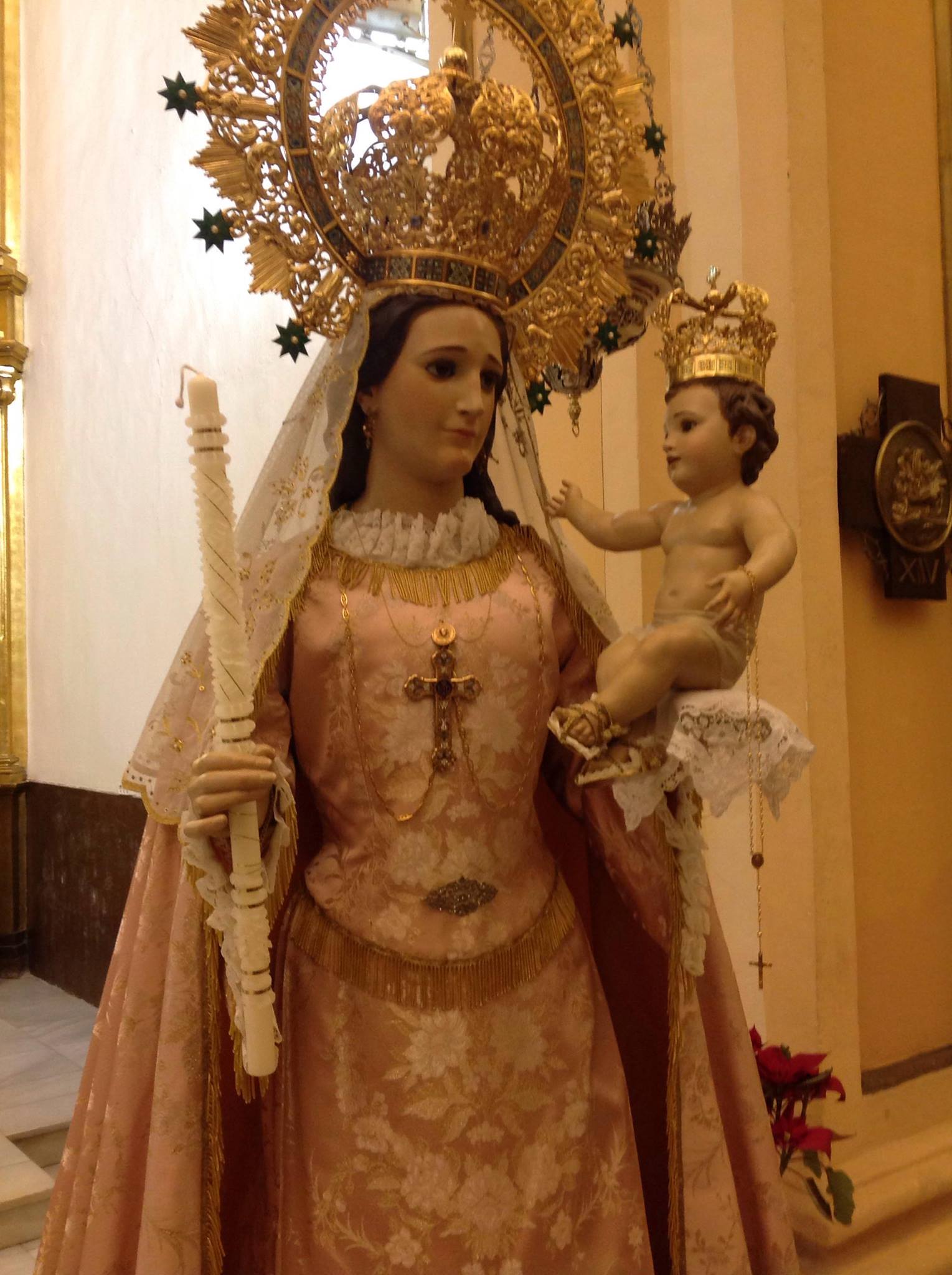|
Convent Of São Francisco (Vila Franca Do Campo)
The Convent of São Francisco ( pt, Convento de São Francisco), also known as the Convent of Saint Francis of Assisi or the Convent of Our Lady of the Rosary, is a convent in the civil parish of São Pedro, in the municipality of Vila Franca do Campo, in the Portuguese archipelago of the Azores. Originally a monastic building housing Franciscan friars, the building was converted into a lodgings at the turn of the century. History The convent had its beginnings in a Franciscan retreat that existed at the end of the 15th century. The current complex was constructed following the 1522 Vila Franca earthquake and landslides that destroyed the town, to replace and house the Franciscan clergy that lived alongside the hilltop of Senhora do Paz. The decision to construct this building was issued on 5 July 1524, signed by John III of Portugalin Évora, who contributed funds for the project. The construct of the convent was mentioned in the work friar Agostinho de Monte Alverne ... [...More Info...] [...Related Items...] OR: [Wikipedia] [Google] [Baidu] |
Franciscan
The Franciscans are a group of related Mendicant orders, mendicant Christianity, Christian Catholic religious order, religious orders within the Catholic Church. Founded in 1209 by Italian Catholic friar Francis of Assisi, these orders include three independent orders for men (the Order of Friars Minor being the largest contemporary male order), orders for women religious such as the Order of Saint Clare, and the Third Order of Saint Francis open to male and female members. They adhere to the teachings and spiritual disciplines of the founder and of his main associates and followers, such as Clare of Assisi, Anthony of Padua, and Elizabeth of Hungary. Several smaller Franciscan spirituality in Protestantism, Protestant Franciscan orders exist as well, notably in the Anglican and Lutheran traditions (e.g. the Community of Francis and Clare). Francis began preaching around 1207 and traveled to Rome to seek approval from Pope Innocent III in 1209 to form a new religious order. The o ... [...More Info...] [...Related Items...] OR: [Wikipedia] [Google] [Baidu] |
1522 Vila Franca Earthquake
The 1522 Vila Franca earthquake, also known as the 1522 Vila Franca landslide (Portuguese: ''Subversão de Vila Franca or Terramoto de Vila Franca'') refers to the earthquake and landslides that occurred on October 21–22, 1522, in the municipality of Vila Franca do Campo. Vila Franco do Campo was then the provincial capital and is located on São Miguel Island in the Portuguese archipelago of the Azores. The epicenter of the earthquake was situated several kilometres north-northwest of Vila Franca. The shaking had a maximum intensity of X (i.e., "Very destructive") on the European macroseismic scale, triggering landslides and lahars that moved 6,750,000 cubic metres (238,000,000 cu ft) of material down the surrounding slopes, destroying buildings. The movement of debris into the settlement caused the deaths of 3,000 to 5,000 people. In addition to the destruction of Vila Franca, the earthquake affected the neighboring settlements of Ponta Garça, Maia and Porto Formoso where thou ... [...More Info...] [...Related Items...] OR: [Wikipedia] [Google] [Baidu] |
Convents In The Azores
A convent is a community of monks, nuns, religious brothers or, sisters or priests. Alternatively, ''convent'' means the building used by the community. The word is particularly used in the Catholic Church, Lutheran churches, and the Anglican Communion. Etymology and usage The term ''convent'' derives via Old French from Latin ''conventus'', perfect participle of the verb ''convenio'', meaning "to convene, to come together". It was first used in this sense when the eremitical life began to be combined with the cenobitical. The original reference was to the gathering of mendicants who spent much of their time travelling. Technically, a monastery is a secluded community of monastics, whereas a friary or convent is a community of mendicants (which, by contrast, might be located in a city), and a canonry is a community of canons regular. The terms abbey and priory can be applied to both monasteries and canonries; an abbey is headed by an abbot, and a priory is a lesser dependent ... [...More Info...] [...Related Items...] OR: [Wikipedia] [Google] [Baidu] |
Buildings And Structures In Vila Franca Do Campo
A building, or edifice, is an enclosed structure with a roof and walls standing more or less permanently in one place, such as a house or factory (although there's also portable buildings). Buildings come in a variety of sizes, shapes, and functions, and have been adapted throughout history for a wide number of factors, from building materials available, to weather conditions, land prices, ground conditions, specific uses, prestige, and aesthetic reasons. To better understand the term ''building'' compare the list of nonbuilding structures. Buildings serve several societal needs – primarily as shelter from weather, security, living space, privacy, to store belongings, and to comfortably live and work. A building as a shelter represents a physical division of the human habitat (a place of comfort and safety) and the ''outside'' (a place that at times may be harsh and harmful). Ever since the first cave paintings, buildings have also become objects or canvasses of much artis ... [...More Info...] [...Related Items...] OR: [Wikipedia] [Google] [Baidu] |
Franciscan Churches In Portugal
, image = FrancescoCoA PioM.svg , image_size = 200px , caption = A cross, Christ's arm and Saint Francis's arm, a universal symbol of the Franciscans , abbreviation = OFM , predecessor = , merged = , formation = , founder = Francis of Assisi , founding_location = , extinction = , merger = , type = Mendicant Order of Pontifical Right for men , status = , purpose = , headquarters = Via S. Maria Mediatrice 25, 00165 Rome, Italy , location = , coords = , region = , services = , membership = 12,476 members (8,512 priests) as of 2020 , language = , sec_gen = , leader_title = Motto , leader_name = ''Pax et bonum'' ''Peace and llgood'' , leader_title2 = Minister General , leader_name2 = ... [...More Info...] [...Related Items...] OR: [Wikipedia] [Google] [Baidu] |
Latin Cross
A Latin cross or ''crux immissa'' is a type of cross in which the vertical beam sticks above the crossbeam, with the three upper arms either equally long or with the vertical topmost arm shorter than the two horizontal arms, and always with a much longer bottom arm. If displayed upside down it is called St. Peter's Cross, because he was reputedly executed on this type of cross.Joyce Mori, ''Crosses of Many Cultures'' (Harrisburg, PA: Morehouse Publishing, 1998), p. 32 When displayed sideways it is called St. Philip's cross for the same reason. History In a broad sense, the Latin cross is used to represent all of Christianity and Christendom, given that it teaches that Jesus sacrificed himself for humanity upon it, atoning for the sins of the world. It is especially used among the denominations of Western Christianity, including the Roman Catholic tradition and several Protestant traditions, such as Lutheranism, Moravianism, Anglicanism, Methodism, and Reformed Christianity, ... [...More Info...] [...Related Items...] OR: [Wikipedia] [Google] [Baidu] |
Gaspar Frutuoso
Gaspar Frutuoso (c.1522 in Ponta Delgada – 1591 in Ribeira Grande) was a Portuguese priest, historian and humanist from the island of São Miguel, in the Portuguese archipelago of the Azores. His major contribution to Portuguese history was his detailed descriptions of the history and geography of the Azores, Madeira, Canary Islands and references to Cape Verde, which he published in his six-part tome ''Saudades da Terra'', as well as ''Saudades do Céu''. He is normally cited in settlement history of the islands of the Azores. Biography Gaspar Frutuoso was born in 1522,José Luís Brandão da Luz (1996), p. 475 on the island of São Miguel, son of Frutuoso Dias, a merchant and rural property-owner, and his wife Isabel Fernandes. Little is known of his childhood, apart from references to him working his father's lands during this period. The first trustworthy record about Frutuoso was his admission to the University of Salamanca (in 1548) where he later obtained an Arts certi ... [...More Info...] [...Related Items...] OR: [Wikipedia] [Google] [Baidu] |
Agostinho De Monte Alverne
Agostinho is a Portuguese language noun meaning Augustine. It may be used as a given name or a surname. People with the name include: * Agostinho (footballer) (born 1975), Portuguese footballer, full name Joaquim Agostinho da Silva Ribeiro * Agostinho da Silva (1906–1994), Portuguese philosopher, essayist and writer * Agostinho Neto (1922–1979), first President of Angola * José Agostinho de Macedo (1761–1831), Portuguese poet and prose writer * Fernando Agostinho da Costa (born 1981), known as "Xara", Angolan footballer * Renato Agostinho de Oliveira Júnior (born 1981), Brazilian footballer * Artur Agostinho (1920–2011), Portuguese journalist * Gílson Domingos Rezende Agostinho (born 1977), known as "Gilsinho", Brazilian footballer * Joaquim Agostinho (1942–1984), Portuguese professional bicycle racer * José Maria de Santo Agostinho (1889–1912), Brazilian mystic * Pedro Agostinho (born 1965), Portuguese athlete who participated at the 1988 and 1992 Summer Olympics ... [...More Info...] [...Related Items...] OR: [Wikipedia] [Google] [Baidu] |
Évora
Évora ( , ) is a city and a municipality in Portugal. It has 53,591 inhabitants (2021), in an area of 1307.08 km2. It is the historic capital of the Alentejo and serves as the seat of the Évora District. Due to its well-preserved old town centre, still partially enclosed by medieval walls, and many monuments dating from various historical periods, including a Roman Temple, Évora is a UNESCO World Heritage Site. Due to its inland position, Évora is one of Portugal's hottest cities in the summer, frequently subject to heat waves. Évora is ranked number two in the Portuguese most livable cities survey of living conditions published yearly by ''Expresso''. It was ranked first in a study concerning competitiveness of the 18 Portuguese district capitals, according to a 2006 study made by Minho University economics researchers. Along with Liepāja, Latvia, Évora was chosen to be European Capital of Culture in 2027. History Early history Évora has a history dating ... [...More Info...] [...Related Items...] OR: [Wikipedia] [Google] [Baidu] |
John III Of Portugal
John III ( pt, João III ; 7 June 1502 – 11 June 1557), nicknamed The Pious (Portuguese: ''o Piedoso''), was the King of Portugal and the Algarves from 1521 until his death in 1557. He was the son of King Manuel I and Maria of Aragon, the third daughter of King Ferdinand II of Aragon and Queen Isabella I of Castile. John succeeded his father in 1521 at the age of nineteen. During his rule Portuguese possessions were extended in Asia and in the New World through the Portuguese colonization of Brazil. John III's policy of reinforcing Portugal's bases in India (such as Goa) secured Portugal's monopoly over the spice trade of cloves and nutmeg from the Maluku Islands. On the eve of his death in 1557, the Portuguese empire had a global dimension and spanned almost . During his reign, the Portuguese became the first Europeans to make contact with Japan (during the Muromachi period). He abandoned the Muslim territories in North Africa in favor of the trade with India and investme ... [...More Info...] [...Related Items...] OR: [Wikipedia] [Google] [Baidu] |
Concelho
Concelho () is the Portuguese-language term for municipality, referring to the territorial subdivision in local government. In comparison, the word ''município'' () refers to the organs of State. This differentiation is still in use in Portugal and some of its former overseas provinces, but is no longer in use in Brazil following the abolition of these organs, in favour of the French prefecture system. It is similar to borough and council. History After the civil parish ( pt, freguesias), the Portuguese ''concelho'' is the most stable territorial subdivision within the country, with over 900 years of history. Founded in the royal charters attributed to parcels and territorial enclaves, in order to establish a presence by the Crown, rather than personal fiefdoms of the nobility and aristocracy. This municipal institution changed throughout history: many were abolished and reconstituted based on the political necessity; first they were subject to the specifics of each charter (wh ... [...More Info...] [...Related Items...] OR: [Wikipedia] [Google] [Baidu] |
Our Lady Of The Rosary
Our Lady of the Rosary, also known as Our Lady of the Holy Rosary, is a Marian title. The Feast of Our Lady of the Rosary, formerly known as Feast of Our Lady of Victory and Feast of the Holy Rosary is celebrated on 7 October in the General Roman Calendar. 7 October is the anniversary of the decisive victory of the combined fleet of the Holy League of 1571 over the Ottoman navy at the Battle of Lepanto. Our Lady of the Rosary According to Dominican tradition, in 1206, Dominic de Guzmán was in Prouille, France, attempting to convert the Albigensians back to the Catholic faith. The young priest had little success until one day he received a vision of the Blessed Virgin, who gave him the rosary as a tool against heretics. While Mary's giving the rosary to Dominic is generally acknowledged as a legend, the development of this prayer form owes much to the followers of Saint Dominic, including the 15th-century priest and teacher, Alanus de Rupe. [...More Info...] [...Related Items...] OR: [Wikipedia] [Google] [Baidu] |

_p0413_VILLA_FRANCA.jpg)





